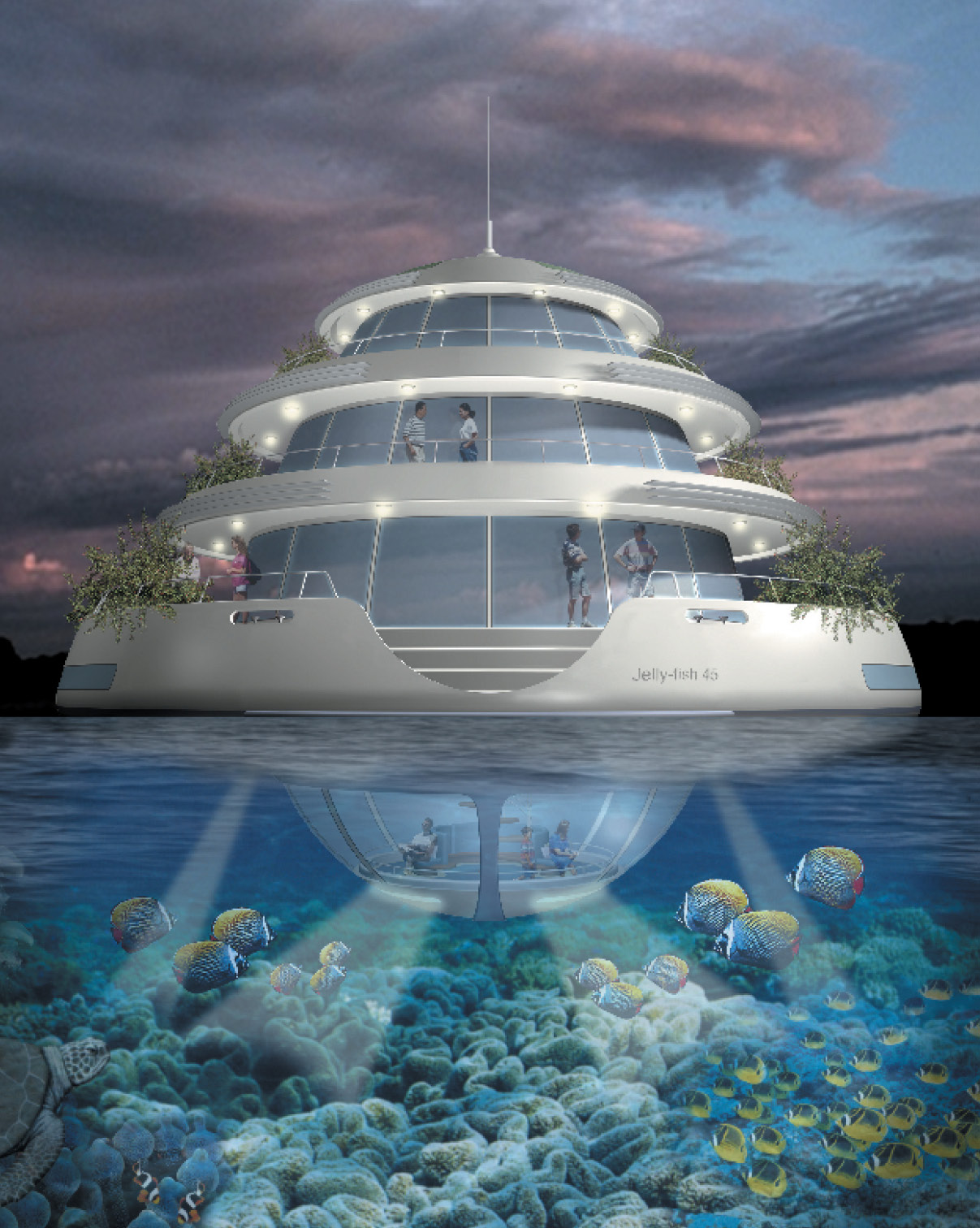
The Future
What will floating homes of the future look like? Italian naval architect Giancarlo Zema has a vision, and these two vessels show the way a life afloat may evolve. Trilobis 65 is a semi-submerged dwelling environment. It is 66ft (20m) long and designed for habitation by six people at sea. It is designed for living in bays, atolls and maritime parks in more tropical climates. The shape of Trilobis 65 allows several units to moor together, creating island colonies. The main aim of the project is to allow anyone to live in a unique environment through a self-sufficient, non-polluting dwelling cell. Light, heat and propulsion are all powered by electricity generated onboard via hydrogen fuel cells, solar panels (the external skin of the vessel would be covered in photovoltaic cells) and wind generators. There are four separate levels connected by a spiral staircase. The top level is 11½ ft (3.5m) above sea level. The next level is at 4½ ft (1.4m) above sea level and hosts the daylight zone with all services and allowing outdoor access. The third level is situated at 2½ ft (0.8m) below sea level, semi-submerged, and is devoted to the night-time zone. Finally, at 10ft (3m) below sea level, totally submerged, there is the underwater observation bulb, an intimate and meditative place. The second vessel, the Jellyfish 45 (see page 126) is a similar structure but designed to be permanently moored. Its spacious dimensions are 11ft (3.3m) high with a diameter of over 16ft (4.8m). Both vessels would be constructed in steel for the hull and aluminium for the superstructure. The submarine globes would be moulded acrylic with a high compressive resistance. Construction would use the same technology currently used on deep-sea and tourist observation submarines.


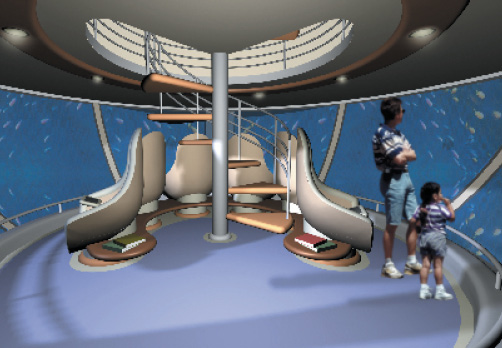
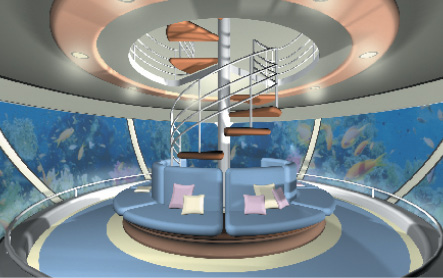
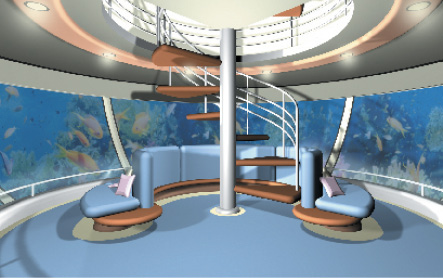
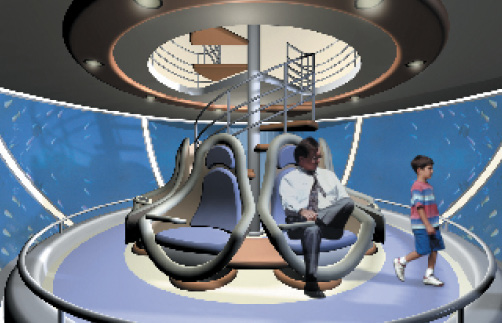

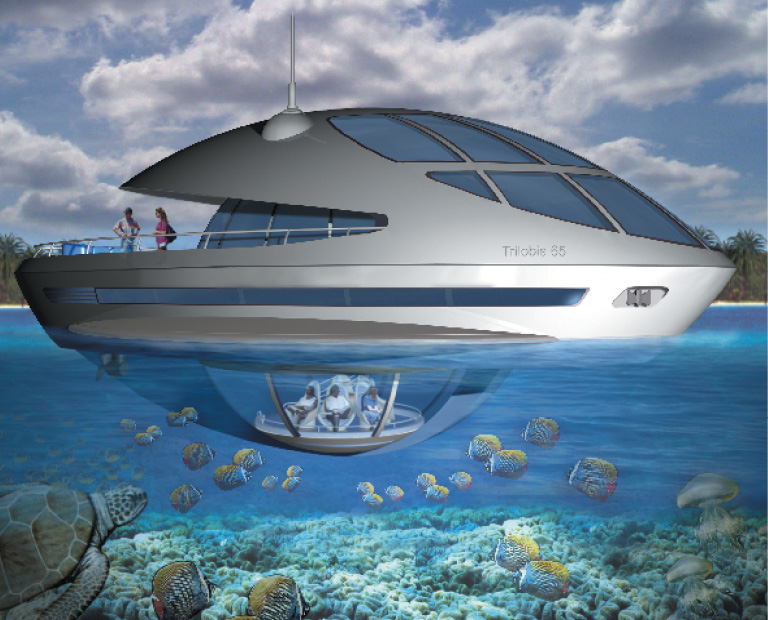
Sorry, the comment form is closed at this time.


